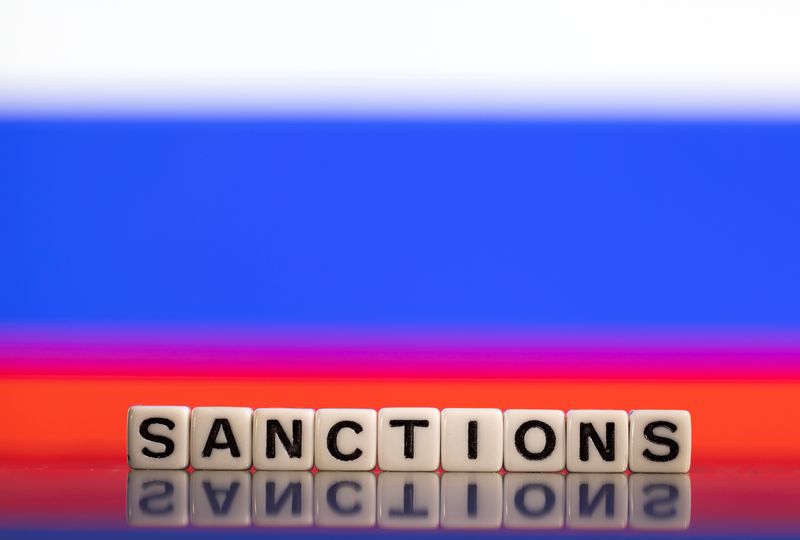By Julian Luk
LONDON (Reuters) – Western sanctions on Russian zinc miner Ozernoye have left the country struggling to replace equipment needed to boost production, three sources with knowledge of the matter said. This means that forecasts for mined zinc supply for 2025 are likely to be too high.
Without Ozernoye’s substantial contribution to the global supply of mined zinc next year, a shortage of zinc concentrate – a raw material for the production of zinc metal, which is used for galvanizing steel – is likely to persist. Concerns about tight supplies are one of the factors pushing zinc prices to a 20-month high.
Asked about the possible delay, Ozernoye told Reuters it plans to produce concentrate next year “in a volume comparable to the previously announced targets.”
Ozernoye officially launched production in September and said it would reach full capacity of about 320,000 tons of zinc concentrate in 2025.
That represents 2.5% of next year’s global supply of mined zinc, estimated at 12.86 million tonnes, according to industry group the International Lead & Zinc Study Group (ILZSG).
The ILZSG has included Ozernoye’s ramp-up in its forecasts of robust 8.9% growth in new zinc supplies for mining outside China by 2025.
The sources, who asked not to be named because they were not authorized to speak publicly, said Ozernoye had not yet produced any material because it could not find adequate replacements for the components that process rocks into powdered concentrate.
Those parts were damaged by a fire in November 2023.
Ozernoye did not provide production targets when approached by smelters and traders interested in buying their concentrate next year, the sources said.
The components Ozernoye needs are developed and made by Glencore (OTC:), the subsidiary of commodity trader Glencore Technology. Glencore mines an Australian zinc-lead deposit with a mineral composition similar to Ozernoye.
Glencore can no longer sell the concentrator parts to Ozernoye, which the US government placed under sanctions shortly after the fire.
Glencore declined to comment. The Swiss trader-miner said only that he would “fully comply with all sanctions applicable to our business activities.”
Ozernoye is working with local company TEM Partner to replicate Glencore’s system, the source said. Production could start in November, the same source said.
The company’s statement said the equipment was made in Russia by its “in-house design bureau.”
It said it expected to reach “project capacity within one year of the start of commissioning,” without specifying when that was.
“The part of the flotation equipment, which has already been put into operation, is behaving stably and the first batches of zinc concentrate have been received,” the report said.
The uncertainty over Ozernoye’s production magnifies the impact of other disruptions, including Century’s force majeure and a slower-than-expected revival of Ivanhoe’s Kipushi project in the Democratic Republic of Congo (DRC).

Reflecting the difficulty in obtaining concentrate, zinc processing costs (TC), the fees a smelter earns for converting concentrate into refined metal and an indication of concentrate availability, fell to minus $40 per tonne at the end of September, according to pricing agency SMM.
The lower TC caused some zinc smelters to make losses and cut production.


